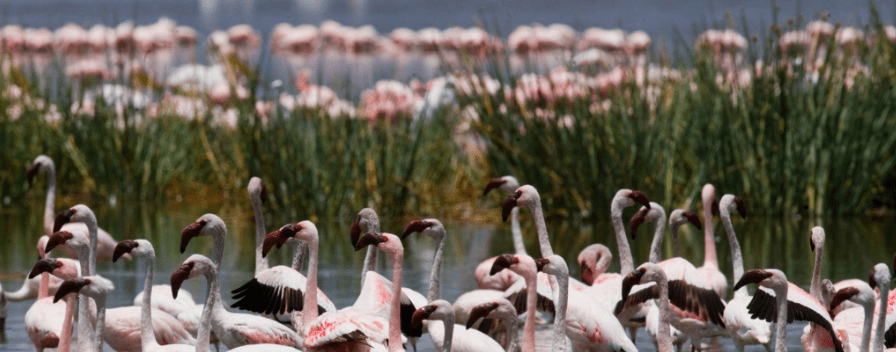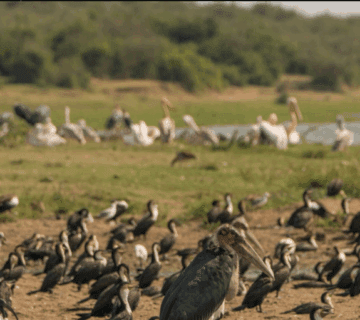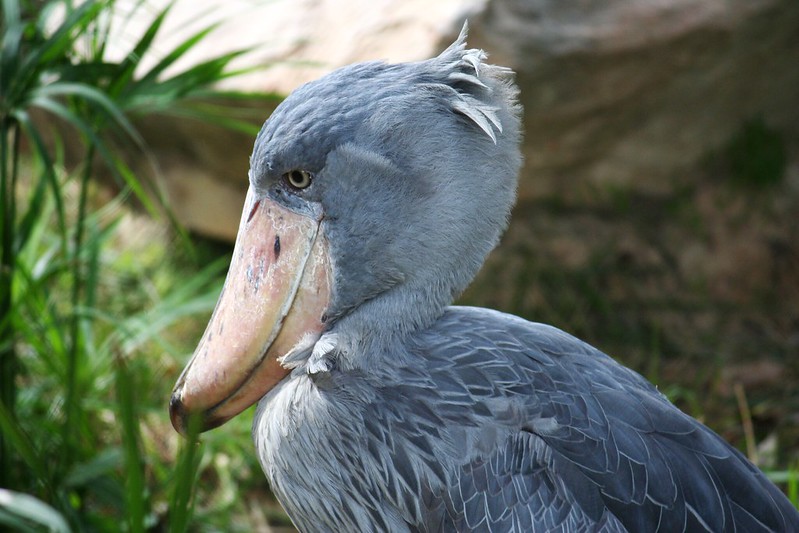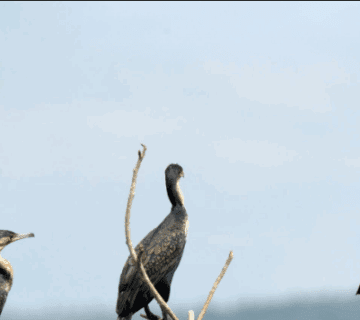Best Time to See Flamingos in Kenya’s Lake Nakuru
Kenya’s Lake Nakuru is one of the most breathtaking natural wonders in the world, renowned for its stunning pink hues created by thousands of flamingos gracing its shores. These elegant birds transform the lake into a vibrant spectacle, making it a bucket-list destination for wildlife enthusiasts, photographers, and travelers seeking inspiration from nature. If you’ve ever dreamed of witnessing this awe-inspiring phenomenon, knowing the best time to see flamingos in Lake Nakuru is crucial.
Beyond just timing, the journey to see these magnificent birds is a lesson in patience, adaptability, and the beauty of nature’s cycles. The flamingos of Lake Nakuru remind us that life’s most beautiful moments are fleeting, and the key to experiencing them lies in preparation, timing, and appreciation.
Why Lake Nakuru? The Flamingo Paradise
Lake Nakuru, located in the Great Rift Valley, is a shallow alkaline lake that provides the perfect breeding ground for flamingos. The lake’s blue-green algae and abundant crustaceans serve as the primary food source for these birds, attracting both the lesser flamingo (smaller, deep pink) and the greater flamingo (taller, pale pink).
The sight of thousands—sometimes millions—of flamingos wading through the waters, their reflections creating a mirror of pink, is nothing short of magical. It’s a scene that has inspired poets, artists, and travelers for generations. But like all natural wonders, this spectacle is subject to the rhythms of nature, and timing your visit right ensures you don’t miss it.
The Best Time to See Flamingos in Lake Nakuru
While flamingos can be seen in Lake Nakuru year-round, their numbers fluctuate based on several factors, including water levels, food availability, and migration patterns. Here’s a breakdown of the best times to visit:
1. Dry Seasons (June–March): Peak Flamingo Season
The most reliable time to see large flocks of flamingos is during the dry seasons, particularly from June to October and January to March. During these months, the lake’s water levels recede, concentrating the algae and making it easier for flamingos to feed.
June to October: This period offers cool, dry weather, making it ideal for wildlife viewing. The flamingos are usually in massive numbers, painting the lake in shades of pink.
January to March: Another excellent window, especially after the short rains (November–December), when the lake’s ecosystem rejuvenates, attracting flamingos back in large numbers.
2. Shoulder Seasons (April–May & November–December): Unpredictable but Rewarding
The rainy seasons (April–May and November–December) bring higher water levels, which can dilute the algae and disperse the flamingos to nearby lakes like Bogoria or Elementaita. However, if the rains are mild, you may still encounter significant flocks.
Visiting during these months requires flexibility, but it also means fewer tourists, offering a more serene experience. Sometimes, nature rewards those who venture off the beaten path with unexpected beauty.
3. The Magic of Early Mornings and Late Afternoons
Regardless of the season, the best time of day to see flamingos is during sunrise or sunset. The soft golden light enhances the pink hues of the birds, creating a surreal, almost dreamlike landscape. Additionally, flamingos are most active during these cooler hours, feeding and socializing in the shallow waters.
The Deeper Lesson: What Flamingos Teach Us About Timing and Adaptability
The flamingos of Lake Nakuru are more than just a visual spectacle—they embody profound life lessons:
1. The Right Timing Enhances Beauty
Just as the flamingos are most vibrant during specific seasons, our lives also have moments when conditions align perfectly for success, love, or growth. Recognizing and seizing these moments—whether in career opportunities or personal relationships—can make all the difference.
2. Adaptability is Key
Flamingos migrate based on food availability, teaching us the importance of adaptability. When circumstances change, we must be willing to adjust our paths rather than resist change. Flexibility ensures survival and, often, greater fulfillment.
3. Strength in Community
A single flamingo is beautiful, but thousands together create a masterpiece. Similarly, human connections—family, friends, and communities—amplify our strength and joy. There’s power in unity, and Lake Nakuru’s flamingos are a living testament to that.
4. Fleeting Moments are Priceless
The flamingos’ presence in Lake Nakuru is not guaranteed year-round. Some years, they leave entirely due to ecological changes. This impermanence reminds us to cherish the present, for the most beautiful experiences are often transient.
.How to Make the Most of Your Flamingo Safari
To ensure an unforgettable experience, follow these tips:
Book a Guided Safari – Knowledgeable guides know the best spots and times for flamingo viewing.
Carry Binoculars and a Good Camera – The birds are often spread across the lake, and zoom lenses help capture their beauty.
Visit the Baboon Cliff Lookout – This vantage point offers a panoramic view of the lake and flamingo flocks.
Combine with Other Parks – Pair your trip with visits to Maasai Mara or Lake Naivasha for a full Kenyan safari experience.
Respect Nature – Keep a safe distance to avoid disturbing the birds.
A Call to Witness Nature’s Masterpiece
Lake Nakuru’s flamingos are a reminder that the world is full of wonders waiting to be discovered. Their rhythmic movements, synchronized flights, and vibrant colors are a testament to nature’s artistry. By choosing the best time to see flamingos in Lake Nakuru, you open yourself to an experience that transcends mere sightseeing—it becomes a soul-stirring encounter with the wild.
So, mark your calendar, pack your bags, and set out on a journey to witness one of Earth’s most magnificent displays. Let the flamingos inspire you to embrace the right timing, adapt to life’s changes, and appreciate the beauty of fleeting moments.
Because sometimes, the best inspiration comes not from words, but from the sight of a thousand pink wings dancing against the backdrop of an African sunset.





